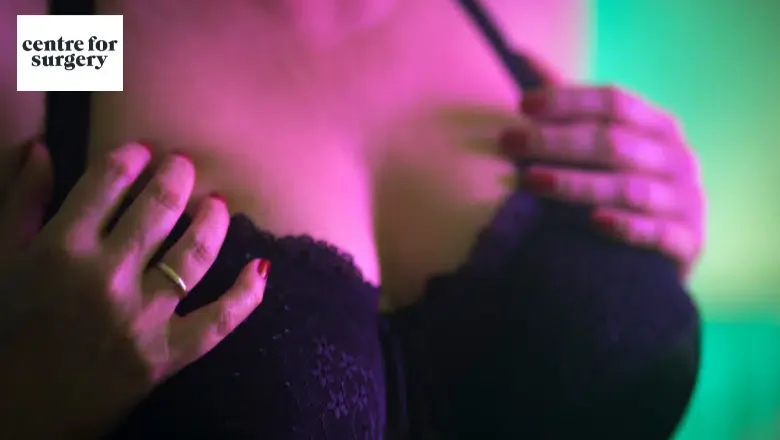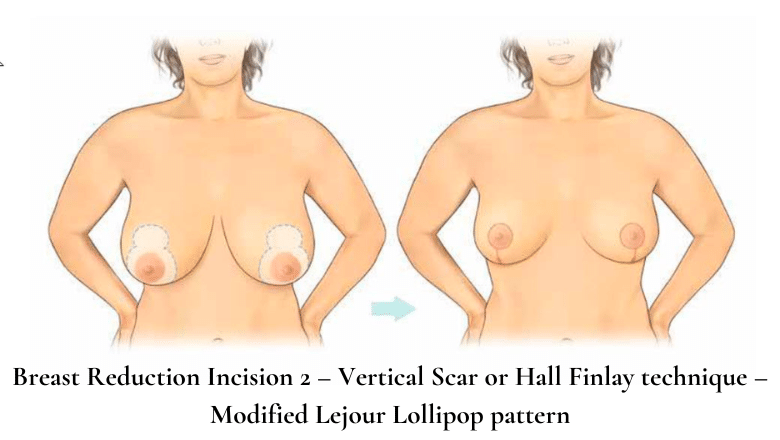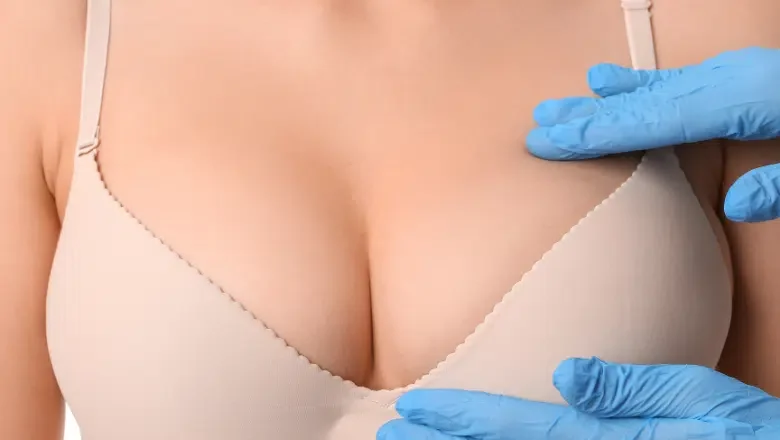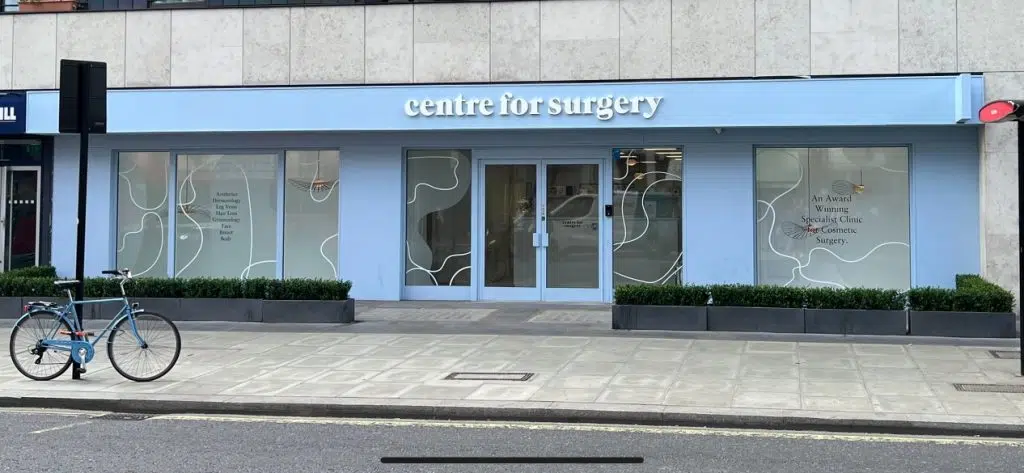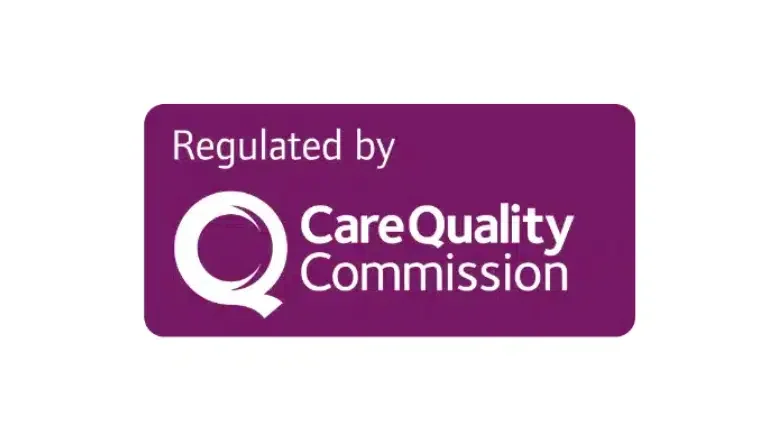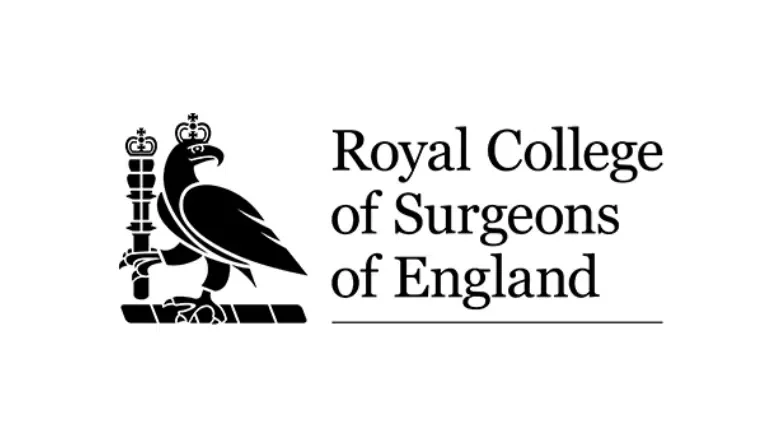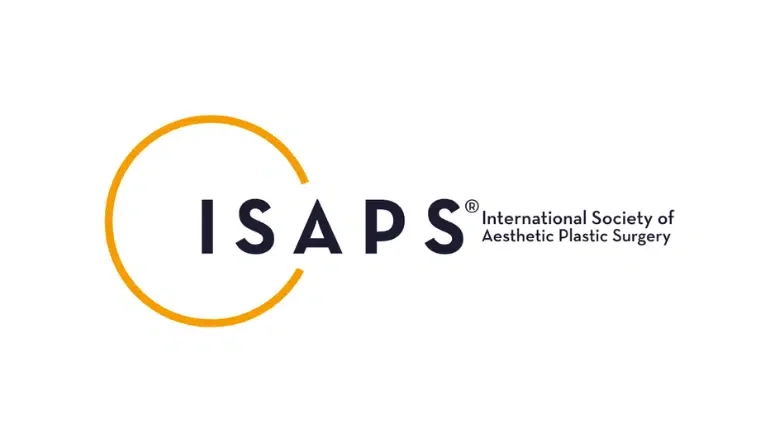Breast reduction surgery or boob reduction is highly effective for reducing the size and weight of large and heavy breasts. Patients can achieve effective relief of back pain, neck pain, or shoulder aches. Centre for Surgery is renowned for our expertise in breast reduction, and here we answer your most commonly asked questions about having a boob reduction.
RELATED: What are the causes of heavy breasts?
BREAST REDUCTION BENEFITS
What is macromastia?
Macromastia is a medical condition characterised by excessive breast tissue in women. It is also commonly referred to as “large breasts” or “breast hypertrophy.” The condition is defined as breast tissue that measures at least 2 centimetres larger than the average size of breasts in a patient’s age group and body weight. The average breast size varies depending on a woman’s age, weight, and overall health but typically ranges from a cup size of A to D.
Symptoms of macromastia can include:
- Back, neck, and shoulder pain
- Grooving of the shoulders caused by bra straps
- Rashes or infections under the breasts
- Difficulty finding clothing that fits properly
- Difficulty with physical activities and exercise
- Self-consciousness or embarrassment about the appearance of the breasts
- Psychological distress
- Postural problems
- Difficulty with sleeping
The condition can be caused by various factors, including hormonal changes, weight gain, genetics, and the use of certain medications. It is usually diagnosed by a physical examination and measurements of the breast tissue.
Treatment options for macromastia include:
- Wearing a well-fitting, supportive bra
- Physical therapy
- Over-the-counter pain medication
- Breast reduction surgery
What problems do large and heavy breasts cause?
Large and heavy breasts can cause several physical and emotional problems, including:
- Back and neck pain
- Shoulder grooving caused by bra straps
- Headaches
- Rashes or infections under the breasts
- Difficulty finding clothing that fits properly
- Self-consciousness or embarrassment about the appearance of the breasts
- Difficulty with physical activities and exercise
- Psychological distress
- Postural problems
- Difficulty with sleeping
RELATED: Does Heavy Breast Cause Back Pain?
Why do women get breast reduction surgery?
Women choose to have breast reduction surgery when they have excessively large or heavy breasts that are out of proportion to the rest of the body. They may also have developed back pain, neck or shoulder pain due to having heavy breasts. Bra straps may dig into the collarbone excessively, causing pain and discomfort. Having large breasts may restrict the types of exercise women carry out. Women can develop a significant loss of confidence due to the unwanted attention that large breasts can cause.
RELATED: Can a breast reduction help with back pain?
Are there any alternatives to breast reduction surgery?
Breast reduction surgery is a major procedure that can benefit women with large, heavy breasts. However, it may not be the best option for everyone. Here are a few alternatives to breast reduction surgery that may be considered:
- Lifestyle changes: Losing weight, maintaining a healthy diet, and engaging in regular exercise can help to reduce the size of the breasts.
- Wearing well-fitting, supportive bras: Wearing a well-fitting, supportive bra can help to reduce discomfort and pain associated with large breasts.
- Physical therapy: Physical therapy can help alleviate pain and discomfort caused by large breasts by strengthening the muscles in the back, shoulders, and chest.
- Medications: Some over-the-counter pain medications can help to alleviate pain and discomfort associated with large breasts.
- Herbal supplements: Some herbal supplements, such as fenugreek, may help to reduce breast size by reducing the levels of estrogen in the body.
- Hormone therapy: Hormonal imbalances can cause changes in breast size. Therefore, some women may consider hormone therapy to alleviate symptoms.
Will I need a breast lift or a breast reduction?
Women who are unable to carry out activities of daily living due to having large or heavy breasts, causing back pain, are ideal candidates for breast reduction. Women who are concerned about the appearance of saggy or droopy breasts and wish to achieve perkier-looking breasts can achieve ideal results with a breast lift. Both procedures can be combined in the same operation if desired.
Does a breast reduction include a breast lift?
Both breast reduction and breast lift surgery are very similar in how they are performed. Breast reduction involves the surgical removal of excess skin and breast tissue to reduce the weight of heavy breasts, as well as improve the shape. A breast lift is focused on the removal of excess skin only to achieve a more useful breast contour. Breast reduction surgery includes a breast lift. A breast lift does not necessarily include a breast reduction.
How to choose the best breast reduction surgeon in London?
Achieving the best results after breast reduction surgery depends on choosing a specialist Plastic Surgeon. A specialist surgeon should regularly carry out breast reduction surgery and be able to answer any questions or concerns you may have about the procedure.
Will I need a GP referral for breast reduction surgery?
We do not routinely require a GP referral to see a plastic surgeon at the Centre for Surgery for breast reduction. However, our clinical support team may request a GP summary as part of the preoperative process to ensure you are as fit as possible for surgery and anaesthesia.
How should I prepare for breast reduction surgery?
All patients should stop smoking at least four weeks before and after surgery. You should follow your surgeon’s instructions. Medicines containing aspirin should be stopped before surgery as this can increase the risk of bleeding during and after surgery. It may be sensible to obtain a mammogram of the breasts before surgery to act as a baseline. If you develop any symptoms suggestive of breast cancer in the future, the pre-operative x-ray can act as a control to help more accurately diagnose any changes.
SUITABILITY FOR BREAST REDUCTION
Can breast reduction reduce the size of very large breasts?
Breast reduction is highly effective for reducing the size of even very large breasts, including G or H cups. Your surgeon will carry out a detailed clinical assessment to assess your goals for treatment.
What is the minimum age to qualify for breast reduction surgery?
Patients should be a minimum of 18 years of age before having a consultation or surgery at our clinic.
What is the best age to have a breast reduction?
Apart from fulfilling the minimum age requirements, breast reduction is suitable for any woman who is suffering from physical symptoms, including back, shoulder or neck pain, due to having large or heavy breasts. There is no upper age limit for a breast reduction as long as you are in a good state of medical health and have realistic expectations for the kind of results you hope to achieve.
Am I suitable for breast reduction if I’m overweight or obese?
Although your surgeon may consider you suitable for surgery, if you’re slightly overweight, it is best to be at or near your goal weight. An increased body mass index increases the potential risks of any surgical procedure.
What should my body mass index be before having breast reduction?
Ideally, your BMI should be less than 30. We do not operate on anyone with a body mass index over 35. Your surgeon will assess your suitability during your face-to-face consultation.
Will I need to lose weight before getting a breast reduction?
If you are significantly overweight or obese, you will need to lose weight before having breast reduction surgery. This will help to reduce the risk of complications during and after surgery. Maintaining a stable weight will help to minimise any effects on the results of your surgery.
When is the best time to get a breast reduction?
The best time to consider breast reduction surgery is when the size of your breasts is causing physical discomfort, pain or limiting your daily activities.
Some women may choose to have breast reduction surgery before pregnancy or breastfeeding. This is a personal decision, but it’s important to consider that pregnancy and breastfeeding can cause changes to the breasts, and that may affect the results of the surgery.
Can I get a breast reduction if I am pregnant?
Should not have breast reduction surgery if you are pregnant or are planning to get pregnant. The effects of pregnancy will lead to a significant increase in the size of the breasts, which can affect the results of breast reduction.
What is gigantomastia?
Gigantomastia is a rare condition characterised by excessive growth of breast tissue in females. It is typically defined as breast enlargement that exceeds the normal size, proportion, and weight. The size of the breast can be so excessive that it causes physical discomfort, pain, and emotional distress to the patient. The condition can occur in one or both breasts, and it can start at any age, but it is most common during puberty and pregnancy.
The cause of gigantomastia is not well understood. Some studies suggest that it may be due to hormonal imbalances, such as high levels of estrogen, while others suggest it may be due to a genetic predisposition. The condition can also occur as a side effect of certain medications, such as hormone replacement therapy or birth control pills.
Treatment for gigantomastia typically involves a breast reduction. The surgery is usually performed under general anaesthesia, and it involves the removal of breast tissue, skin, and fat. The surgery can also reposition the nipple and areola if necessary.
BREAST REDUCTION PROCEDURE
What are the different types of breast reduction?
There are several different types of breast reduction surgery, also known as reduction mammoplasty that a plastic surgeon may use to reduce the size and weight of the breasts. The most common types include:
- Traditional breast reduction: This is the most common type of breast reduction. It involves an anchor-shaped incision that goes around the areola, down the front of the breast and along the breast crease. Excess breast tissue, fat, and skin are removed, and the nipple is repositioned.
- Vertical breast reduction: This technique is known as a “lollipop” reduction. It involves a circular incision around the areola and a vertical incision down the front of the breast. This technique is useful for patients with a moderate amount of breast tissue and minimal sagging.
- Liposuction breast reduction: This type of reduction uses liposuction to remove excess fat from the breasts rather than excising skin and tissue. It is typically used for patients with good skin elasticity and minimal sagging.
- Scarless breast reduction: This is a newer technique that uses liposuction alone to remove excess breast tissue. It is less invasive than traditional methods and leaves minimal scarring.
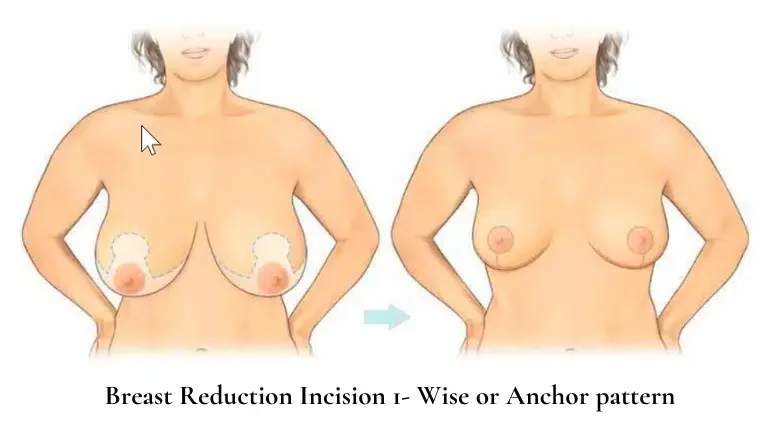
The type of breast reduction that is right for you will depend on your individual needs and goals, as well as the size, shape, and sagging of your breasts. It’s important to consult with a board-certified plastic surgeon to discuss the best options for you.
What is the difference between anchor breast reduction and lollipop breast reduction
Anchor breast reduction and lollipop breast reduction are both surgical procedures used to reduce the size of large breasts. The main difference between the two is the shape of the incision. Anchor breast reduction uses an anchor-shaped incision around the areola, down the breast, and along the crease under the breast. A lollipop breast reduction uses a circular incision around the areola and a vertical incision down the breast, creating a shape similar to a lollipop. The choice of technique is typically based on the individual patient’s anatomy and the desired final result.
RELATED: Anchor vs Lollipop Breast Reduction
What type of anaesthesia is used for breast reduction?
General anaesthesia is most commonly used for breast reduction surgery for your comfort and safety.
How long does a breast reduction take to perform?
Breast reduction surgery takes between two and four hours to perform, depending on the size of the breast reduction and the amount of breast tissue that will need to be removed.
How much weight can I lose with breast reduction surgery
Although breast reduction is not a weight loss procedure, women can expect to lose between two and 6 kg after the procedure. The removed tissue consists of skin, fat and excess breast tissue.
How small can I go with a breast reduction?
Breast reduction surgery can achieve at least one cup size in reduction and often two. Total removal of the breast is also known as a mastectomy, commonly performed for breast cancer. Another method of total breast removal is FTM top surgery.
Will I need drains after a breast reduction?
Drains are tubes placed under the skin during surgery to remove any excess fluid or blood that may accumulate after the procedure. Whether or not you will need drains after a breast reduction depends on the specific technique used by your surgeon.
In some cases, breast reduction surgery may involve the removal of a significant amount of tissue, and in these cases, drains may be used to prevent fluid accumulation. They are typically removed after a few days when fluid output is low enough.
In other cases, breast reduction surgery may not involve the removal of as much tissue, and in these cases, drains may not be necessary. The decision to use drains during a breast reduction procedure is made by the surgeon based on the individual patient’s needs and the specific technique used.
BREAST REDUCTION RECOVERY
How long does it take to recover after breast reduction?
It takes between two and three months to recover fully after a breast reduction, and the total time taken depends on the extent of the surgery performed and how fast you heal. You should avoid any vigorous exercise during the first six weeks, which could delay your healing.
What is the recovery timeline after breast reduction?
The recovery timeline for breast reduction surgery will vary depending on the individual patient and the extent of the procedure. However, most patients can expect to experience the following stages of recovery:
- Immediate postoperative period (1-2 days): After surgery, patients will experience some pain and swelling, which can be managed with pain medication prescribed by the surgeon. The incisions will be covered with bandages, and a surgical bra will be worn to support the breasts during the healing process.
- Early recovery period (1-2 weeks): During this time, patients will continue to experience pain and swelling, but they should start to subside. The surgical bra should be worn at all times except when showering. Heavy lifting, strenuous exercise, and any other activities that could put pressure on the chest should be avoided.
- Intermediate recovery period (2-4 weeks): The pain and swelling should continue to improve during this time. The surgical bra will be worn less frequently and replaced by a sports bra. Patients may be able to return to work and light activities but should still avoid heavy lifting and strenuous exercise.
- Late recovery period (4-6 weeks): By this time, most patients will have fully healed, and the incision lines will have faded. They can return to normal activities, including exercise, but should still avoid heavy lifting.
- Final recovery period (6-12 weeks): The final recovery period is when the breasts will have settled into their new shape. The incision lines will have faded, and the scars will have healed.
Does breast reduction hurt?
Breast reduction surgery is a major procedure that involves making incisions on the breasts and removing excess tissue and skin. As with any surgical procedure, there will be some pain and discomfort associated with the procedure. The degree of pain and discomfort can vary depending on the individual, the size of the breasts, and the technique used by the surgeon.
During the procedure, patients will be under general anaesthesia, so they will not feel any pain during the surgery. After the procedure, patients will experience some pain and discomfort, which can be managed with pain medication prescribed by the surgeon. Patients can also expect to experience swelling, bruising, and tightness in the chest area. These symptoms should start to subside within the first few days to a week after the surgery.
What is the best sleeping position after breast reduction surgery?
After breast reduction surgery, it is important to avoid sleeping on your stomach or your side with your arms above your head for the first few weeks to avoid putting pressure on the chest and to help the healing process. The best sleeping position during the recovery period is on your back with a pillow to elevate the head and shoulders. This position helps to reduce swelling and discomfort while sleeping and also helps to keep the incisions in a neutral position, which can aid in healing.
Using a comfortable and supportive pillow is also recommended to help keep the chest and shoulders in the correct position. Sleeping on a pillow that is too soft can cause the shoulders to sink in and put pressure on the chest, so it’s important to use a pillow to help keep the shoulders elevated.
When can I sleep on my side after breast reduction?
You may safely sleep on your side approximately six weeks after surgery.
When can I have a shower after breast reduction?
You may have a shower after 48 hours. Before this time, you can have a sponge bath with tepid water. Mild soap and warm water are best when having a shower, and avoid vigorously rubbing your incision site. To dry the area, you should gently pat dry with a towel. You should avoid having a bath or using saunas or steam rooms for at least six weeks after surgery.
When can I take a bath after breast reduction?
Having a bath should be delayed until at least six weeks after surgery to minimise excessive swelling.
How long does it take for swelling and bruising to disappear after breast reduction?
Although bruising disappears quickly within two weeks, it can take 2 to 3 months for swelling to disappear completely. You can minimise the duration of postoperative swelling after breast reduction by wearing your post-operative bra as recommended. You should also avoid carrying out vigorous exercise or lifting heavy objects.
When can I exercise after breast reduction?
Your surgeon will advise you when you can safely exercise after breast reduction, although we would recommend waiting a minimum of six weeks before going to the gym and starting vigorous exercise. Gentle walking around the home is encouraged during the first week after surgery to minimise the risk of deep vein thrombosis. Any exercise you recommence should be carried out gradually, and you can build up slowly. Always listen to your body, and try not to do too much too soon.
When can I jog or run after breast reduction?
You may safely start running again six weeks after surgery. If you develop any clinical features such as oozing from the incisions or severe pain, you should immediately stop what you’re doing and consult your plastic surgeon.
When after breast reduction, can I start swimming again?
Swimming should be avoided for at least eight weeks after surgery.
When can I have sex after having breast reduction?
You should wait a minimum of four weeks before recommencing sexual intercourse.
When can I wear an underwire bra after breast reduction?
Underwire bras should be avoided for at least three months after surgery to prevent any irritation or breakdown of the surgical incisions.
What is the best type of bra to wear after breast reduction?
We recommend wearing a sports bra after surgery that does not fit too tightly.
Should my sports bras fit tightly after surgery?
Excessive tightness should be avoided. Your sports bra should fit snugly to support the breasts during everyday activities adequately.
How can I reduce stomach bloating after breast reduction?
Stomach bloating and constipation is not uncommon after breast reduction surgery and is most commonly related to taking opioid painkillers and having a reduced level of mobility in the first two weeks after surgery. You can minimise abdominal bloating by taking probiotics and drinking plenty of water. You should also keep mobile around the home to reduce constipation.
RELATED: Why Does Bloating Occur after Cosmetic Surgery? – Top Tips to Minimise Feeling Bloated
How long does it take for nipple sensation to return after breast reduction?
Nipple sensation will initially be reduced after surgery, and it can take 6 to 8 weeks for nipple sensitivity to return after breast reduction. If you still have persistent numbness affecting your nipples after three months, consult with your surgeon to determine the most appropriate course of treatment.
RELATED: Will I Lose Feeling in My Nipples After Breast Reduction Surgery?
What is the best way to minimise breast reduction scars?
Breast reduction surgery involves making incisions on the breasts, which will result in scars. The type of incision and the surgeon’s technique can affect the scars’ size and appearance. Here are a few ways to minimise the appearance of breast reduction scars:
- Choose a qualified surgeon: A qualified and experienced surgeon will use the most appropriate incision technique and suturing methods to minimise scarring.
- Follow post-operative instructions: Following the surgeon’s post-operative instructions can help to minimize the appearance of scars. This includes avoiding activities that may cause excessive stretching of the incision site, avoiding exposure to the sun, and keeping the incision site clean and dry.
- Use silicone sheets or gels: Silicone sheets or gels can be applied to the incision site to reduce the appearance of scars. They work by hydrating the skin and creating a barrier that helps to reduce redness and itching.
RELATED: Do Silicone Strips Help Cosmetic Surgery Scars Heal Better?
- Massage the scars: Gently massaging the scars with a moisturiser or silicone gel after the incision site has healed can help soften and flatten them.
RELATED: How to Massage Yourself After Cosmetic Surgery
- Wait for at least six months before assessing the scars: Scars typically take six months to a year to fully heal, so it’s best to wait before assessing the final appearance of the scars.
- Consider scar revision surgery: If the scars are still noticeable after a year, scar revision surgery can be considered. The surgeon will remove the old scar and make a new incision in order to improve the appearance of the scar.
BREAST REDUCTION RISKS
Is breast reduction safe?
Breast reduction is a very safe procedure commonly carried out at our plastic surgery clinic in London. The procedure is designed to reduce the size of large and heavy breasts to relieve many functional symptoms, including back pain. The risks of surgery are significantly minimised if you choose a specialist plastic surgeon to perform your procedure.
RELATED: Breast Reduction Complications – Reducing Risks of Surgery
What are the risks of breast reduction surgery?
Breast reduction surgery, like any other surgery, carries certain risks. Some of the risks associated with breast reduction surgery include:
- Infection: An infection can occur at the incision site, leading to redness, warmth, and discharge.
- Bleeding: There is a risk of bleeding following the surgery, which can lead to blood accumulation under the skin (haematoma) and may require further treatment.
- Nerve damage: There is a risk of temporary or permanent damage to the nerves that supply sensation to the breasts and nipples. This can lead to numbness or tingling in the breasts or nipples.
- Scarring: All surgeries leave scars, and while they will fade over time, they may be noticeable and can be thickened, raised or discoloured.
- Changes in breast sensation: Some patients may experience changes in sensation in the nipples or breast skin after surgery, which may be temporary or permanent.
- Asymmetry: The breasts may not be perfectly symmetrical after surgery, and a secondary procedure may be necessary to achieve the desired result.
- Risks associated with anaesthesia: there are risks associated with anaesthesia, such as allergic reactions, breathing difficulties or complications from sedation.
- Dissatisfaction or regret with the final result, as the patient’s expectations may not match the final outcome.
Will pregnancy ruin my breast reduction results?
Getting pregnant after breast reduction surgery can adversely affect the results of your breast reduction surgery. Pregnancy can cause a significant increase in the size of the breasts, undoing the result of your surgery. This is why we recommend having breast reduction surgery Once you have completed your family and no longer wish to have any more children.
Will I be able to breastfeed after a breast reduction?
In most cases, breast reduction will not interfere with the ability to breastfeed. It is important to choose a specialist plastic surgeon to perform breast reduction to minimise injury to the milk ducts surrounding the nipple so that your ability to breastfeed is not impaired.
BREAST REDUCTION RESULTS
Is breast reduction permanent?
Once breast tissue and excess skin have been removed with breast reduction surgery, the soft tissues do not grow back. However, subsequent pregnancies or significant weight gain can adversely affect the results of breast reduction, leading to an increase in the size of the breasts, which may necessitate having revision breast surgery.
Can my breasts grow back after reduction?
Once excess skin, fat and breast tissue have been surgically removed, the soft tissues do not grow back. Pregnancy and massive weight gain can lead to your breasts increasing in size after surgery.
RELATED: Can Your Breasts Grow Back After Breast Reduction Surgery?
Is pregnancy affected by having a breast reduction?
Pregnancy is not affected by having breast reduction surgery.
Can you get a breast reduction twice?
Breast reduction can be performed a second time to correct the appearance of heavy, droopy or sagging breasts caused by the ageing process, pregnancy or weight gain.
RELATED: Can You Get a Breast Reduction Twice?
What is the risk of developing a haematoma after breast reduction?
Developing a haematoma after breast reduction is rare. If it does occur, it is most commonly characterised by significant bruising surrounding the breast, which may appear more swollen. Most breast haematomas will gradually be absorbed by the body after two weeks, although some larger ones may require a return to the theatre for surgical evacuation.
CELEBRITY BREAST REDUCTIONS
Has Simona Halep had a breast reduction?
Star tennis player Simona Halep had a breast reduction in her teens to reduce the size of her breasts from 34DD to 34C. She chose to have breast reduction surgery to improve agility and tennis performance.
Did Scarlett Johansson get a breast reduction?
Hollywood, A-lister Scarlett Johansen has had breast reduction surgery.
Did Ariel Winter have a breast reduction?
This famous American actress had a breast reduction before the age of 18 to reduce her breasts from 32F to 34D.
BREAST REDUCTION FUNDING
Can I get a breast reduction on the NHS?
Breast reduction surgery is available on the National Health Service (NHS) in the United Kingdom, but it is considered to be a discretionary procedure. This means that it is not always funded by the NHS, and the availability of the procedure can vary depending on the local health authority.
To be considered for breast reduction surgery on the NHS, the patient must meet certain criteria. The criteria can vary depending on the area you live in. Still, generally, the procedure is only offered when the patient’s breast size is causing significant physical discomfort, such as back and neck pain, skin irritation, or difficulty with physical activities. In addition, the patient must have a Body Mass Index (BMI) of 30 or less and have tried other treatment methods, such as physiotherapy or changes in lifestyle, without success.
Is breast reduction surgery covered by private medical insurance?
In some cases, breast reduction surgery may be covered by private medical insurance. Examples of where you could be eligible are if you suffer from gigantomastia and develop significant shoulder, neck or back pain with associated skin irritation or skin infections. Check with your insurer before you decide to fund the breast reduction cost yourself.
Is breast reduction surgery worth it?
Whether or not breast reduction surgery is worth it depends on the individual’s specific circumstances and goals. It can be a very effective way to reduce pain and discomfort caused by large breasts, as well as improve one’s self-esteem and overall quality of life.
However, breast reduction surgery is a major procedure, and it carries the risks associated with any surgery, such as infection, bleeding, and complications with anaesthesia. Additionally, it is also a high cost.
RELATED: The Transformative Effects of Breast Reduction Surgery
Breast reduction surgery at Centre for Surgery
Centre for Surgery is the leading surgery clinic in London and is home to some of the top plastic surgeons in the UK. We carry out hundreds of breast procedures yearly at our state-of-the-art cosmetic surgery clinic in Marylebone. Book a consultation by calling us on 020 7993 4849 or completing the contact form below. One of our patient coordinators will act as your personal point of contact throughout your patient journey with us at Centre for Surgery.
RELATED: Breast reduction before and after photos
